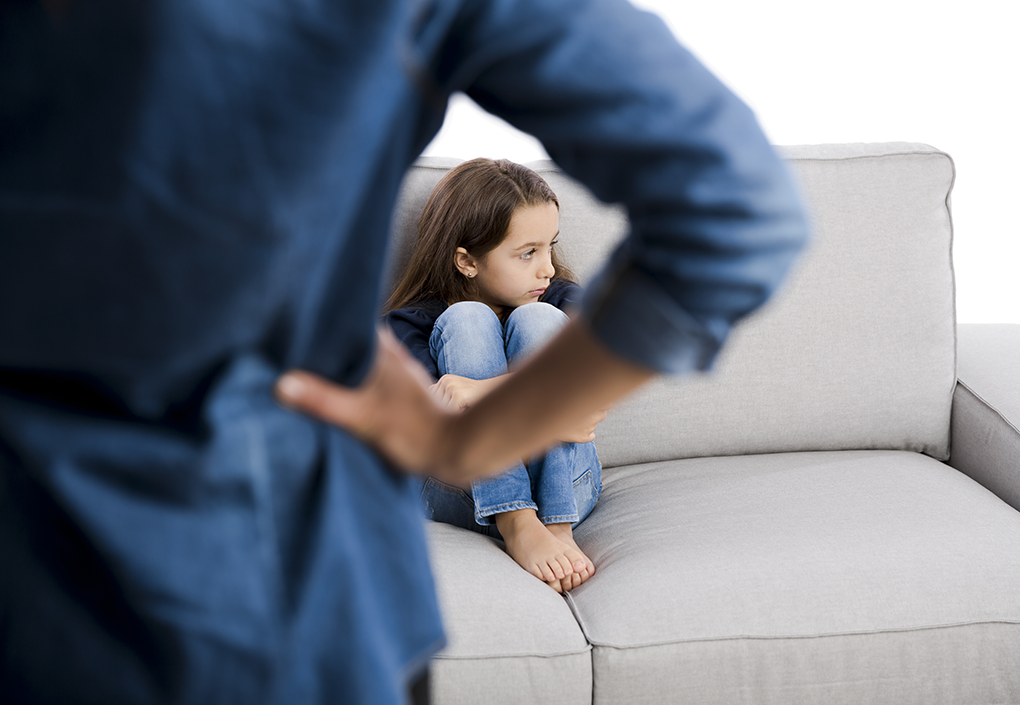Intergenerational anxiety associations in families are well reported,1-3 but the underlying mechanisms of anxiety transmission are unclear. Now, researchers in the UK and the USA have conducted the first genetically sensitive study to explore the effects of genetic and environmental anxiety transmission in families during middle childhood. Using data from 305 families involved in the Early Growth and Development Study,4 Ahmadzadeh and colleagues measured anxiety symptoms in children (at ages 6, 7, and 8 years) and their adoptive and biological parents. Surprisingly, they found that child anxiety symptoms at age 7 prospectively predicted adoptive maternal, but not paternal, symptoms.
The researchers also found preliminary evidence to support that anxiety in adoptive fathers could prospectively predict child anxiety symptoms from age 6. This finding suggests that children are more susceptible to the effects of paternal than maternal anxiety symptoms. Finally, Ahmadzadeh et al. found no evidence for an association between birth family internalising problems (a proxy for inherited effects) and child anxiety symptoms.
Taken together, this is the first study to show that intergenerational anxiety transmission can run from child-to-mother and father-to-child during middle childhood via an environmental mechanism. While further studies are now necessary to replicate these findings, the researchers hope that fathers will be included in family anxiety assessments and that the effects of child anxiety symptoms on caregivers will be considered.

Referring to:
Ahmadzadeh, Y.I., Eley, T.C., Leve, L.D., Shaw, D.S., Natsuaki, M.N., Reiss, D., Neiderhiser, J.M. & McAdams, T.A. (2019), Anxiety in the family: a genetically informed analysis of transactional associations between mother, father and child anxiety symptoms. J. Child Psychol. Psychiatr. doi: 10.111/jcpp.13068.
References:
1Lawrence, P.J. et al. (2018). Systematic Review and meta-Analysis: Anxiety and Depressive Disorders in Offspring of Parents with Anxiety Disorders. J. Am. Acad. Child Adolesc. Psychiatry 58, 46–60. doi: 10.1016/j.jaac.2018.07.898.
2Micco, J.A. et al. (2009). Anxiety and depressive disorders in offspring at high risk for anxiety: A meta-analysis. J Anxiety Disord. 23, 1158–1164. doi: 10.1016/j.janxdis.2009.07.021.
3Sydsjo, G. et al. (2018). Anxiety in women – a Swedish national three-generational cohort study. BMC Psychiatry 18, 168. doi: 10.1186/s12888-018-1712-0.
4Leve, L.D. et al. (2013). The Early Growth and Development Study: A prospective adoption study from birth through middle childhood. Twin Res. Hum. Genet. 16, 412–423. doi: 10.1017/thg.2012.126.